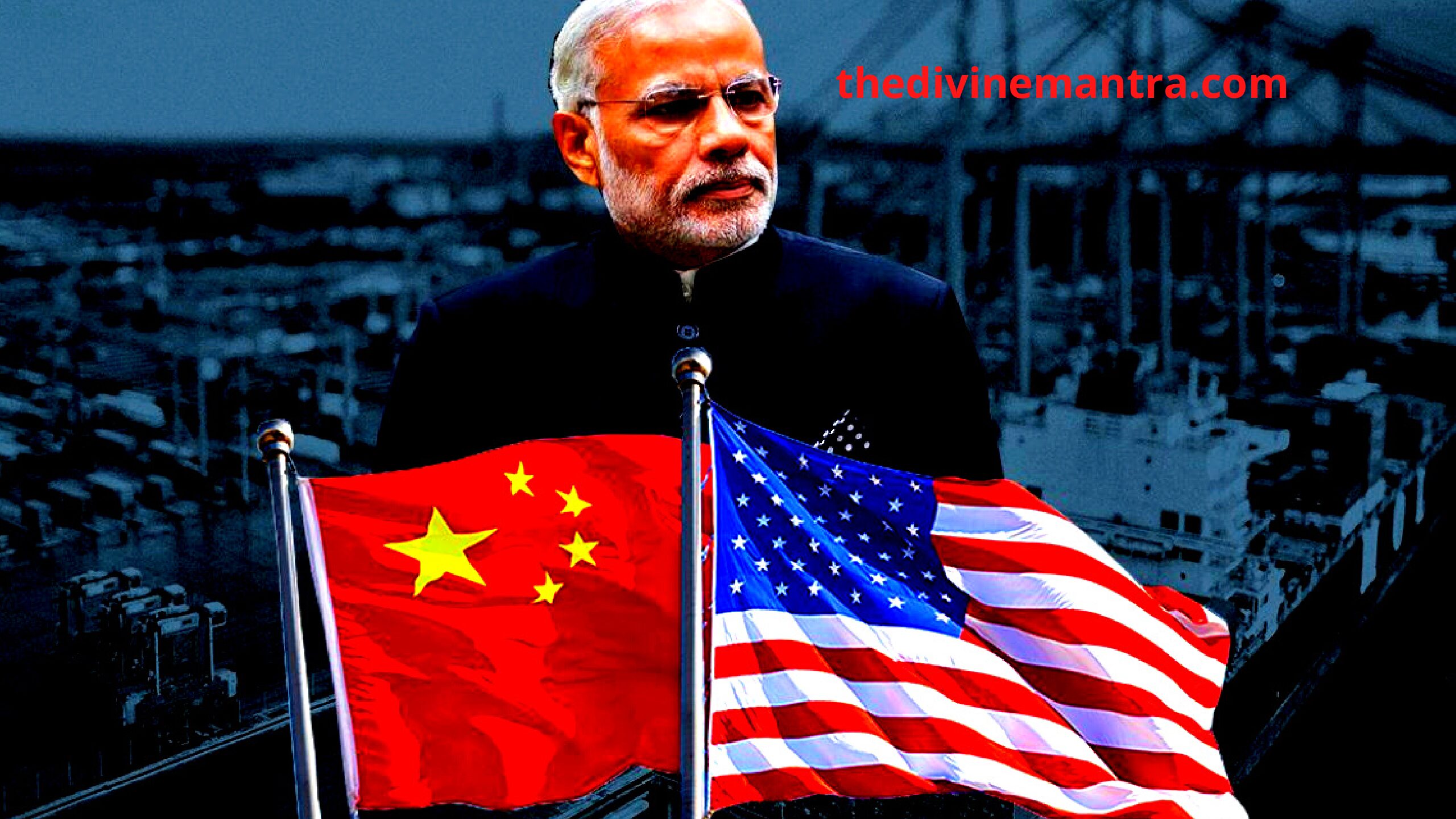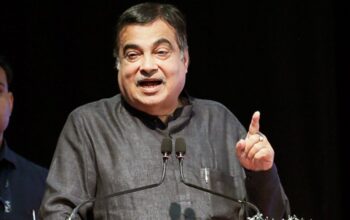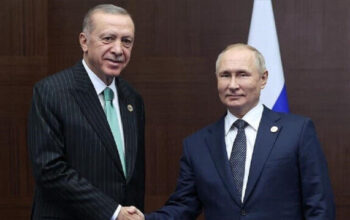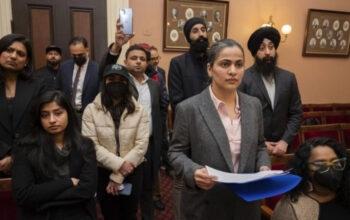Prime Minister Narendra Modi is gearing up for the key bilateral meeting with US President Joe Biden and therefore the Quad summit after excellent conversations on Pakistan with vice chairman Kamala Harris and on Chinese belligerence with Japanese and Australian PM. Narendra Modi are going to be the primary PM of India in four decades to interact with three different US presidents face to face as a major minister. The PM Modi-Biden one hour meeting is at 11am EST within the White House while the Quad Summit are going to be held for 2 hours from 2 to 4pm.
According to diplomats based in Washington and New Delhi , Pakistan based terror groups was raised by VP Harris during her “good” conversation with PM Modi with the previous stating that theUS will take up this issue with Islamabad in order that the safety of both US and India aren’t threatened by these global terror groups.
However, the Indian side detected that the US was during a little bit of quandary over Pakistan. even as it had been quite evident to them that Pakistan was harbouring terror groups with global reach, it had been equally clear that theUS was unclear about the role that Pakistan could play in Afghanistan because it has also harboured all the Taliban leaders within the past.
While Pakistan dominated the conversation with VP Harris, China was the flavour of PM Modi’s bilateral meetings with PM Yoshihide Suga and PM Scott Morrison. Prime Minister Suga showed Japanese interest within the production linked incentive program announced by PM Modi and was keen on participating in manufacturing in India. This move also dovetails into the Quad’s global resilient supply chains with India being a key hub of producing . PM Modi and PM Suga shared notes on Indo-Pacific with both countries’ victims of PLA aggression in East Ladakh and Senkaku Islands respectively.
Although the Australian trade minister is arriving in India to arrange bilateral ties, PM Modi’s conversation with PM Morrison was more China-centric and security related Just as Australia is augmenting its naval capabilities through the AUKUS pact by taking an orbital jump to nuclear powered conventionally armed submarines, India is reforming its Navy with new and potent platforms altogether three dimensions. India is now operating Predator drones for maritime awareness, P-8I and MH-60 R multi-mission platforms and can launch Visakhapatnam class of guided-missile destroyers in November. India has also built a replacement Kalvari class of diesel-electric submarines and is now watching atomic power conventionally armed submarines to discourage belligerent players in Indo-Pacific.






